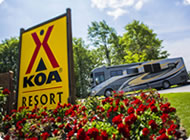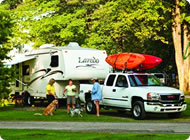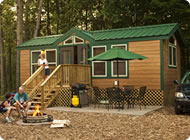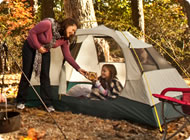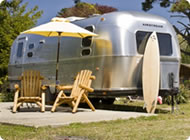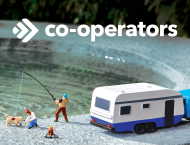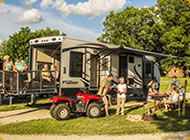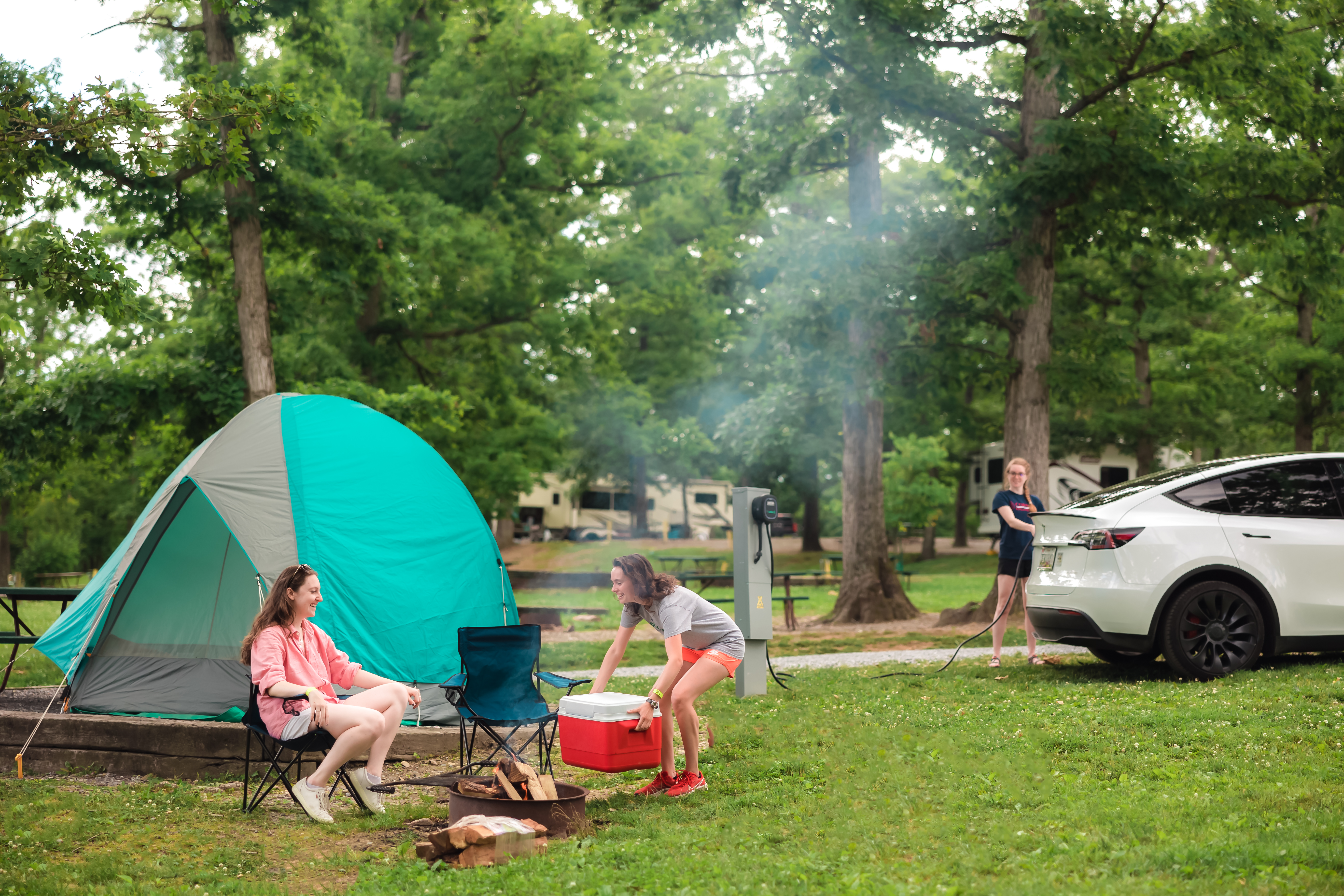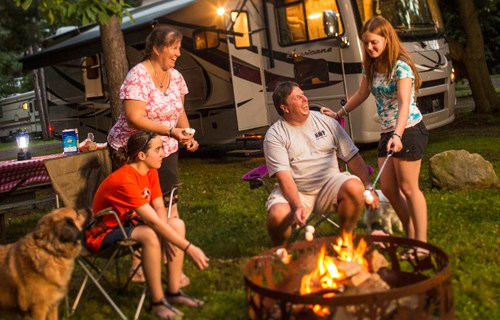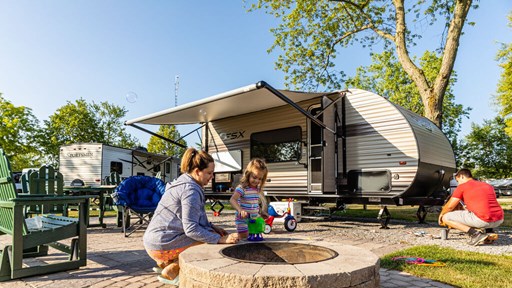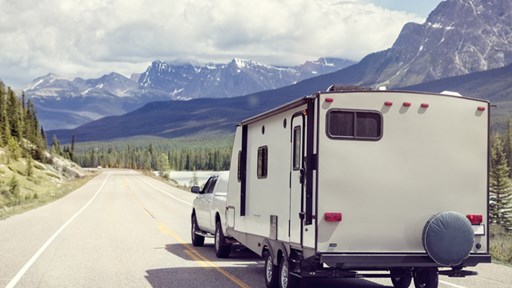By Jim Mac, Keystone RV Company
With over 600,000 RVs on the road today, Keystone RV Company’s service advisors and dealers have literally seen it all. Here are the 10 most preventable mishaps.
#10 Rookie mistakes — like forgetting to retract the entrance steps, slide room, patio awning or TV antenna before pulling out of a campsite.
#9 Not showing your holding tanks some love — a little attention here can avoid some unpleasant problems down the road, like foul odors and false tank readings. Use the appropriate tank chemicals and flush your tanks frequently.
#8 Failure to level your coach when camped — this is so simple that sometimes we forget to do it. The result can be the RV refrigerator not cooling properly, issues like slide-out rooms twisting and not opening or closing completely, or undue stress to the structure of your coach — leading to more serious troubles down the road.
#7 Snug as a bug is not good — many of today’s campers are extremely well insulated and weather-tight. While that makes them more energy efficient, it is also means less fresh air circulation and moisture accumulation inside your coach. Proper ventilation is important. Run the exhaust fan when cooking or the overhead vent fan when bathing, and keep windows open whenever possible.
#6 Improperly matching your tow vehicle/towing equipment to the load — consult with your dealer about your towing needs and proper set up of your hitch equipment and tow vehicle. Know your loaded weight and weight distribution and never exceed your rig’s capabilities.
#5 Bald is not beautiful — when it comes to tires, premature or uneven tire wear is frequently a sign of improper maintenance. Check your tire air pressure at least monthly and keep your tires (including your spare) at the recommended pressure. While you’re at it, check that your wheel lug nuts are at the correct torque before each trip. And don’t overload your coach. Also, slow down — did you know that no trailer tire is rated to exceed 65MPH?
#4 Blowing breakers on shore power — many RVs are equipped with 30-amp or less AC circuits. If you try to run your rooftop air conditioner and microwave at the same time, you may have already exceeded your system’s electrical capacity. (Page 46 of the Keystone RV owner’s manual contains a handy chart showing typical amperage consumption of appliances.)
#3 Water intrusion — whether you own a motorhome, travel trailer or fifth wheel, your rig is essentially a box with holes cut into it. After miles of bouncing and twisting, days of hot sun, rain and even snow, it’s vital to inspect your RV seals on a frequent basis. Keystone RV suggests you do this every six months or more often under extreme conditions. Your RV dealer can recommend the correct products to reseal your coach, if needed.
#2 Slide in-slide out — frequently check the roof and rubber seals of your slide-out rooms for leaves, pine needles, twigs and other debris. Accumulated dirt can interfere with proper slide seal operation allowing water to enter into your coach.
#1 What’s out of sight, usually trouble free, and the heartbeat of your camper? — did you guess your 12-volt batteries? If your house batteries are not putting out the proper voltage and amperage you could experience all kinds of unexpected symptoms. One example: for your furnace fan to kick on and the igniter to light, you need a properly charged 12-volt battery. Anything less and you could be left cold. In addition, a healthy 12-volt system is required for proper holding tank monitoring and even operation of the slide-out rooms in many RVs.
Your RV’s owner’s manual is a valuable source of information in avoiding many of these service mishaps. For a copy of the Keystone RV Owner’s Manual, CLICK HERE







